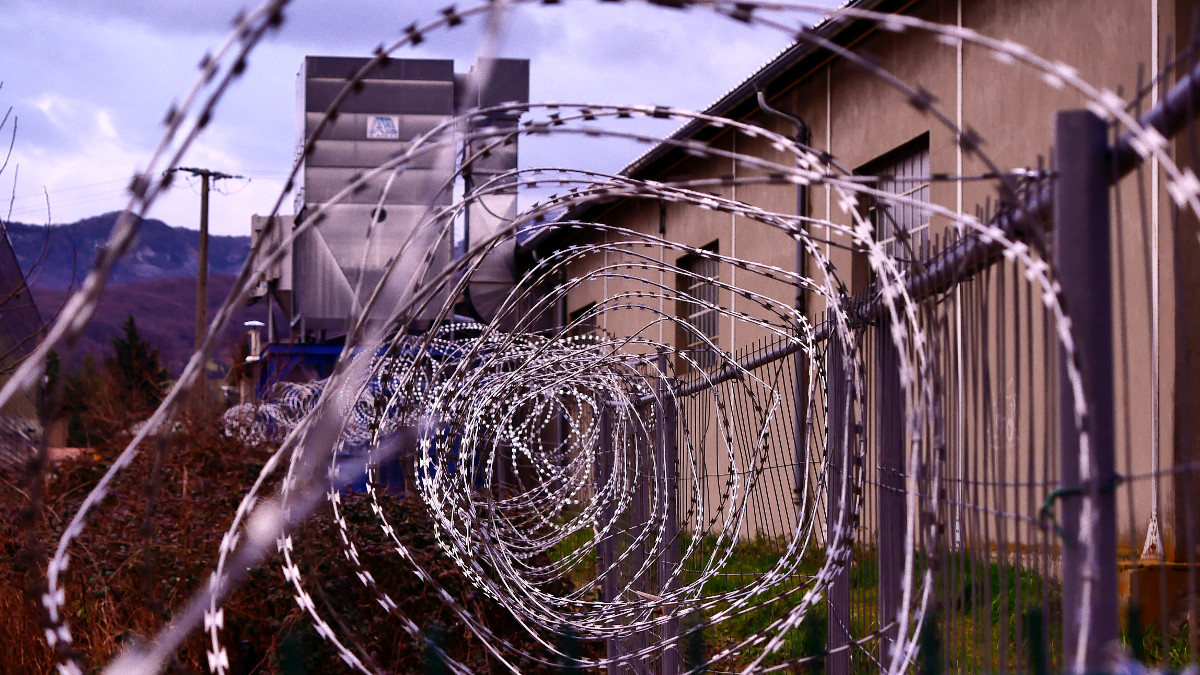by Liam Campbell
Elisabeth Noelle-Neumann was born in 1916 in Berlin, which was ruled by the Weimar Republic and in the middle of World War I. She was an exceptionally bright youth and demonstrated an early aptitude for academia. As a student she had a chance encounter with Adolf Hitler, which she described as “one of the most intensive and strangest moments of my life.” Intellectually, she decided to focus on propaganda and American public opinion research. Professionally, she worked briefly for a Nazi-run publication but was soon fired for replacing unfavourable photos of Franklin Roosevelt for more flattering ones. In 1947, after witnessing the fall of the Third Reich and realising the magnitude of its horrors, Noelle-Neumann decided to focus on public opinion research in an attempt to understand what had happened.
Noelle-Neumann’s most famous contribution is the Spiral of Silence Theory, which attempts to explain why people remain silent in the face of certain types of opposition; she was probably trying to understand why people in Germany failed to effectively speak out against the Nazis when they were first coming to power, and why people remained silent even once they began to understand the evil actions which were taking place.
The Spiral of Silence occurs when people are afraid of being socially isolated or excluded for voicing their opinions; this fear is not always true and can be manufactured by the media, or by false impressions. Here are the four primary steps in the Spiral of Silence:
- We can distinguish between fields where the opinions and attitudes involved are static, and fields where those opinions and attitudes are subject to changes… Where opinions are relatively definite and static – for example, “customs” – one has to express or act according to this opinion in public or run the risk of becoming isolated. In contrast, where opinions are in flux or disputed, the individual will try to find out which opinion he can express without becoming isolated.
- Individuals who, when observing their environments, notice that their own personal opinion is spreading and is taken over by others, will voice this opinion self-confidently in public. On the other hand, individuals who notice that their own opinions are losing ground will be inclined to adopt a more reserved attitude when expressing their opinions in public.
- It follows from this that, as the representatives of the first opinion talk quite a lot while the representatives of the second opinion remain silent, there is a definite influence on the environment: an opinion that is being reinforced in this way appears stronger than it really is, while an opinion suppressed as described will seem to be weaker than it is in reality.
- The result is a spiral process which prompts other individuals to perceive the changes in opinion and follow suit, until one opinion has become established as the prevailing attitude while the other opinion will be pushed back and rejected by everybody with the exception of the hardcore that nevertheless sticks to that opinion.
In Germany, Nazis took advantage of this phenomenon by gathering in force, browbeating opponents into silence, and propagating false narratives about the popularity of their messages. In the modern world, this same phenomenon occurs online in settings where “echo chambers” form groups, browbeat opposition, and convince themselves that their ideas are more mainstream than they may be; this occurred during Trump’s election in America, both online and through rallies in strategic locations.
Historically, the environmental movement has consistently fallen victim to the Spiral of Silence, in part because those movements tended to spend more time attempting to convince their opposition than reinforcing the perceived dominance of their ideas. We can all envision the lone eco warrior preaching to an ambivalent, even hostile audience of “mainstream” people, despite ridicule – this image is a catastrophe for environmentalism because it signals to potential supporters that they will be socially isolated if they voice similar opinions.
Rather than spending time attempting to convince the opponents of environmentalism, these eco warriors should organise themselves into “brigades” and focus on reinforcing each others’ ideas in communities that are already vaguely onside, thus shoring up the dominance of their ideas within those groups. Moreover, they should aggressively browbeat moderates as a group in order to manufacture the perception that moderate ideas are unpopular and result in social isolation. These aggressive actions must be balanced out by positive interactions with other bystanders in order to demonstrate social inclusion towards people who either support the group’s ideas or, at least, don’t vocally criticise them.
These tactics may seem distasteful to some, but they are extremely effective and they are being utilised by people who are in the process of destroying life on Earth; if we do not use these tactics we will be victims of them.
